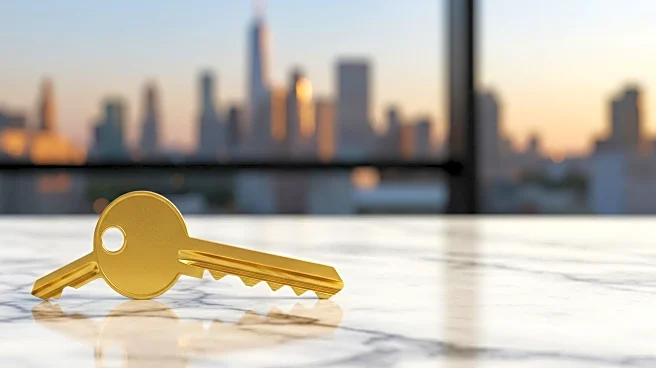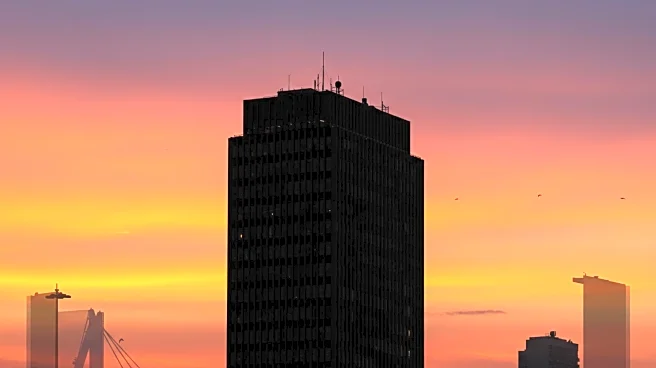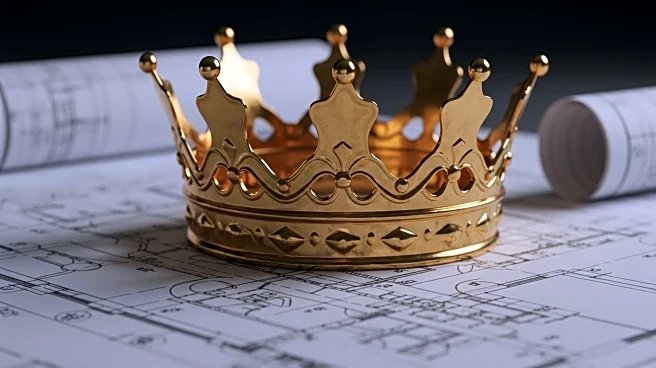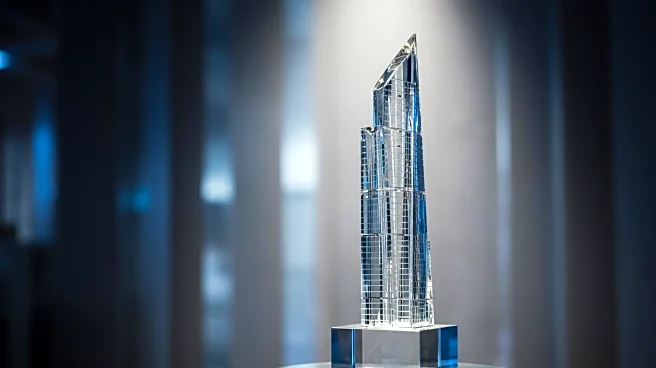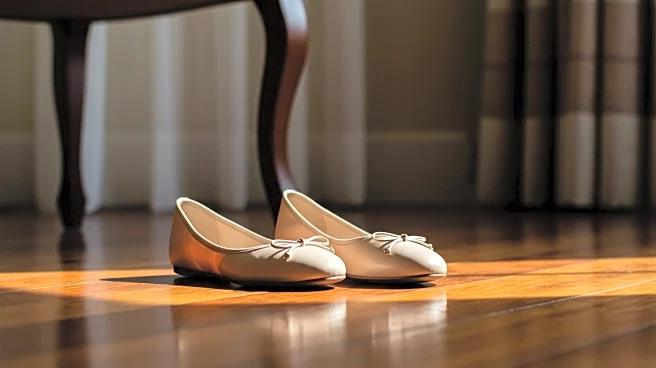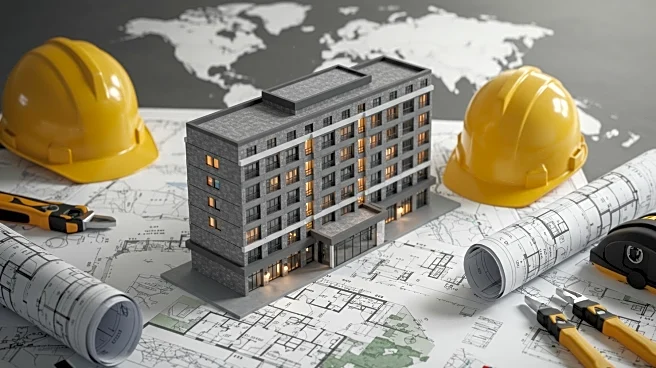What's Happening?
A new development opportunity has emerged in the Southbank area of London, specifically at 22 and 24 Southwark Bridge Road. The site, currently comprising office and ancillary accommodation, is set for redevelopment into a new office-led scheme. The plan includes partial demolition of one building and full demolition of another, with the new development spanning lower ground, ground, and 12 upper floors. Designed by Orms Designers & Architects Ltd, the project has received planning permission for baseline massing, with potential for further optimization. The site is also being considered for alternative uses such as co-living, purpose-built student accommodation, or hotel, subject to planning approval.
Why It's Important?
The redevelopment of this site in the Southbank area represents a significant investment opportunity categorized as 'Value Add.' The potential for alternative uses, including co-living and student accommodation, reflects a growing trend in urban development aimed at addressing housing needs and diversifying property portfolios. This development could impact the local economy by attracting new businesses and residents, thereby increasing demand for local services and amenities. The strategic location near London Bridge and Borough Market enhances its appeal, potentially boosting property values and contributing to the area's urban regeneration.
What's Next?
The current buildings are multi-let to five tenants, with leases allowing for vacant possession by September 2025. This timeline provides a window for developers and investors to finalize plans and secure necessary approvals for alternative uses. Stakeholders, including local authorities and community groups, may engage in discussions regarding the site's future use, balancing commercial interests with community needs. The development's progress will likely be monitored closely by investors and urban planners, given its potential impact on the Southbank area's landscape and economy.
Beyond the Headlines
The consideration of alternative uses for the site highlights broader trends in urban development, such as the shift towards mixed-use spaces that cater to diverse populations. This approach can foster community integration and sustainability, aligning with modern urban planning principles. Additionally, the project's design and execution may set precedents for future developments in the area, influencing architectural standards and environmental considerations.
